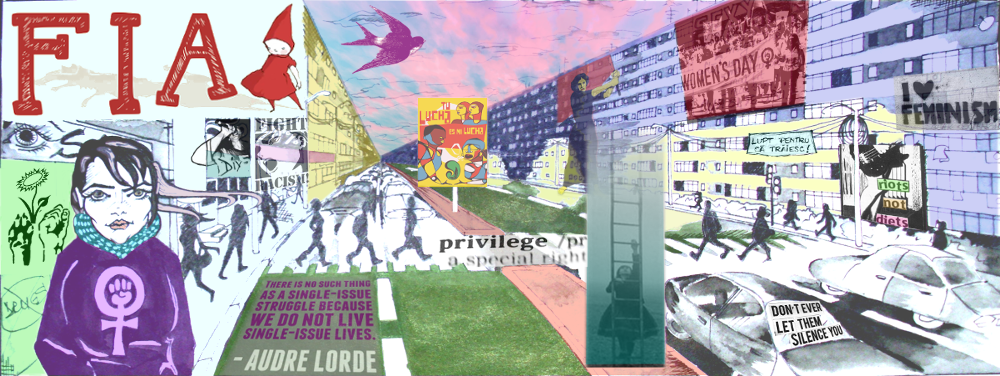[in romana: Campania 16 zile de activism contra violentei 2006 si Brosura LF-Ro despre activism contra violentei de gen (PDF)]
16 DAYS OF ACTIVISM AGAINST GENDER VIOLENCE ’07 – Demanding Implementation, Challenging Obstacles: End Violence Against Women
Since 1991, the 16 Days Campaign has helped to raise awareness about gender violence and has highlighted its effects on women globally. Each year, thousands of activists from all over the world utilize the campaign to further their work to end violence against women. The campaign has celebrated victories gained by women’s rights movements, it has challenged policies and practices that allow women to be targeted for acts of violence, it has called for the protection of people who defend women’s human rights and it has demanded accountability from states, including a commitment to recognize and act upon all forms of violence against women as human rights abuses.
In the last decade, activism related to and awareness about the impact and consequences of gender based violence has grown dramatically. A wide spectrum of organizations, networks, and individuals are focusing on gender based violence as a critical issue and are campaigning globally and locally for protection from and prevention of all forms of violence against women (VAW).
While there has been much progress made, challenges still persist that hinder the effectiveness of the work being done by anti-VAW activists and organizations. The 2007 16 Days Campaign dedicates this year’s theme to overcoming those challenges and obstacles in order to gain long overdue results in the struggle to end VAW. In collaboration with others, the 16 Days Campaign seeks to help dismantle obstacles and overcome challenges posed by social attitudes and policies that continue to condone and perpetuate gender based violence.
Challenges and obstacles have been identified by activists in all regions of the world, and we have chosen to highlight a few of those here. These can be addressed both as demands to be made on the state or other institutions and as actions that we must take in our own work in order to achieve better results. A few suggestions for focusing advocacy in this year’s campaign include:
* Demanding and securing adequate funding for work against VAW;
* Calling for greater accountability and political commitment from states to prevent and punish all forms of violence against women in practice, not just in words;
* Increasing awareness of the impact of violence against women, including engaging in measures to end it by men and boys;
* Evaluating the impact and effectiveness of work to prevent violence against women;
* Securing the space for advocacy and defending the defenders of women’s human rights in their work to end gender based violence.
The 16 Days Campaign continues to highlight important issues raised in past years, including looking at VAW as a public health crisis, the intersection between HIV/AIDS and VAW, and the protection of women human rights defenders. The campaign will also promote valuable advocacy tools such as key recommendations from the 2006 Secretary General’s study on VAW. More information can be found in this year’s kit, including fact-sheets and information relevant for campaigning!
More on the 16 Days Campaign site:
About the 16 days
2007 Action Kit
2007 International Calendar (Romania)
Violence Against Women Bibliography & Resources
